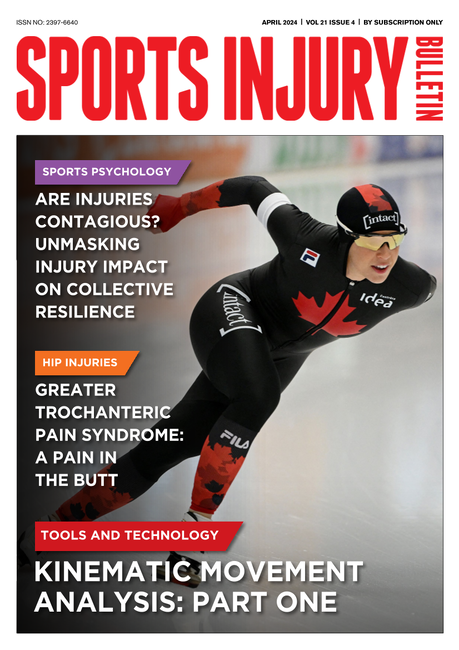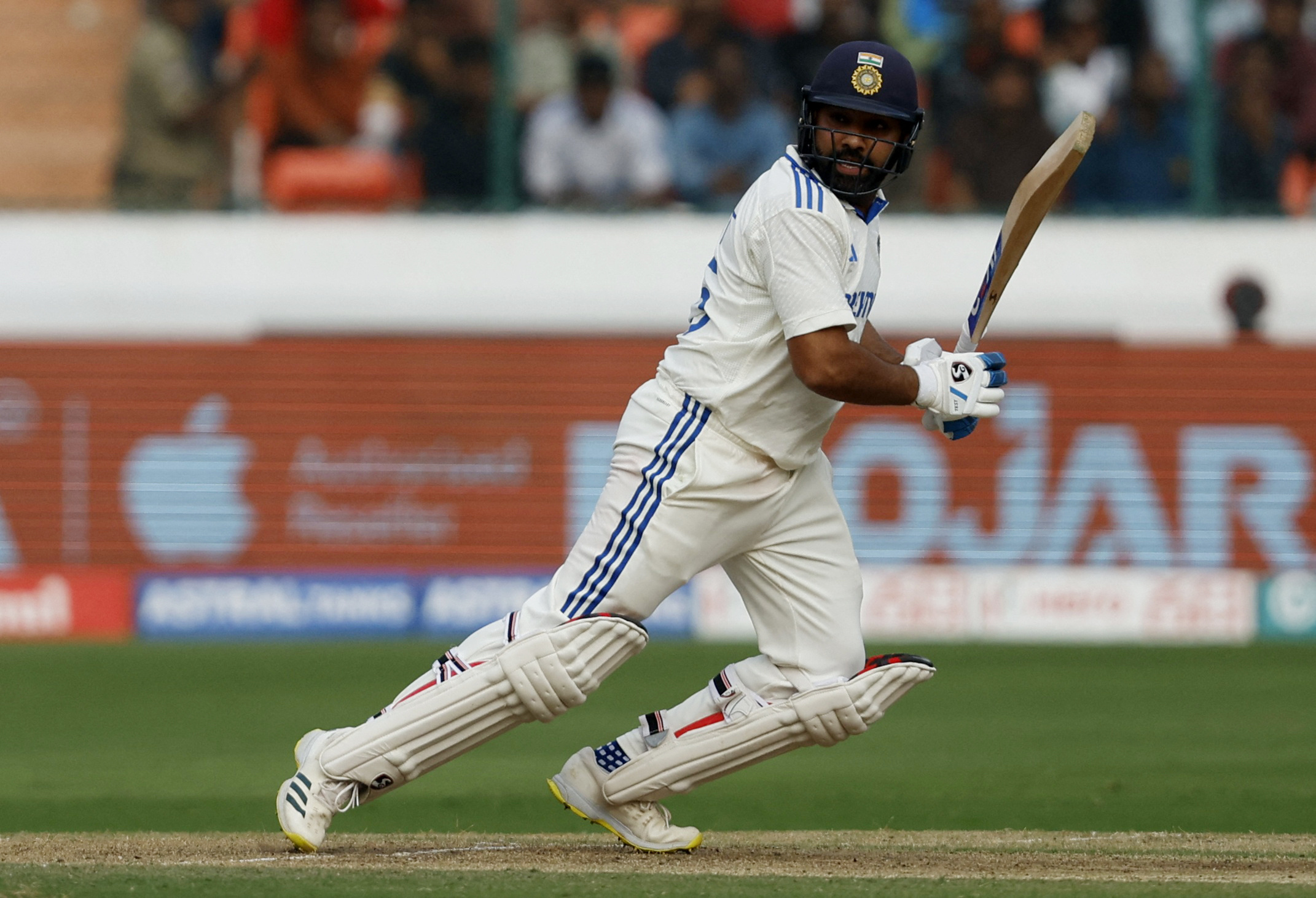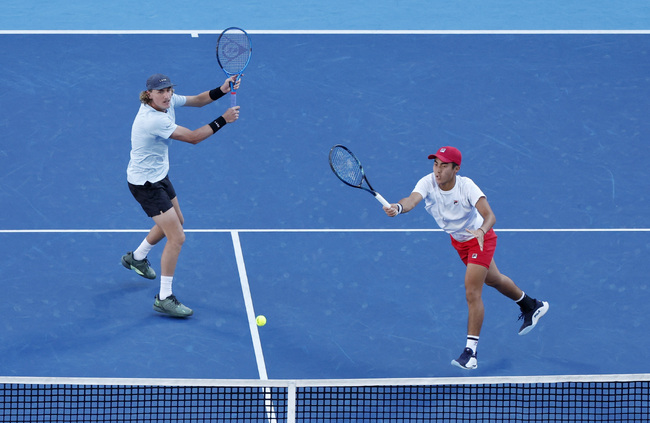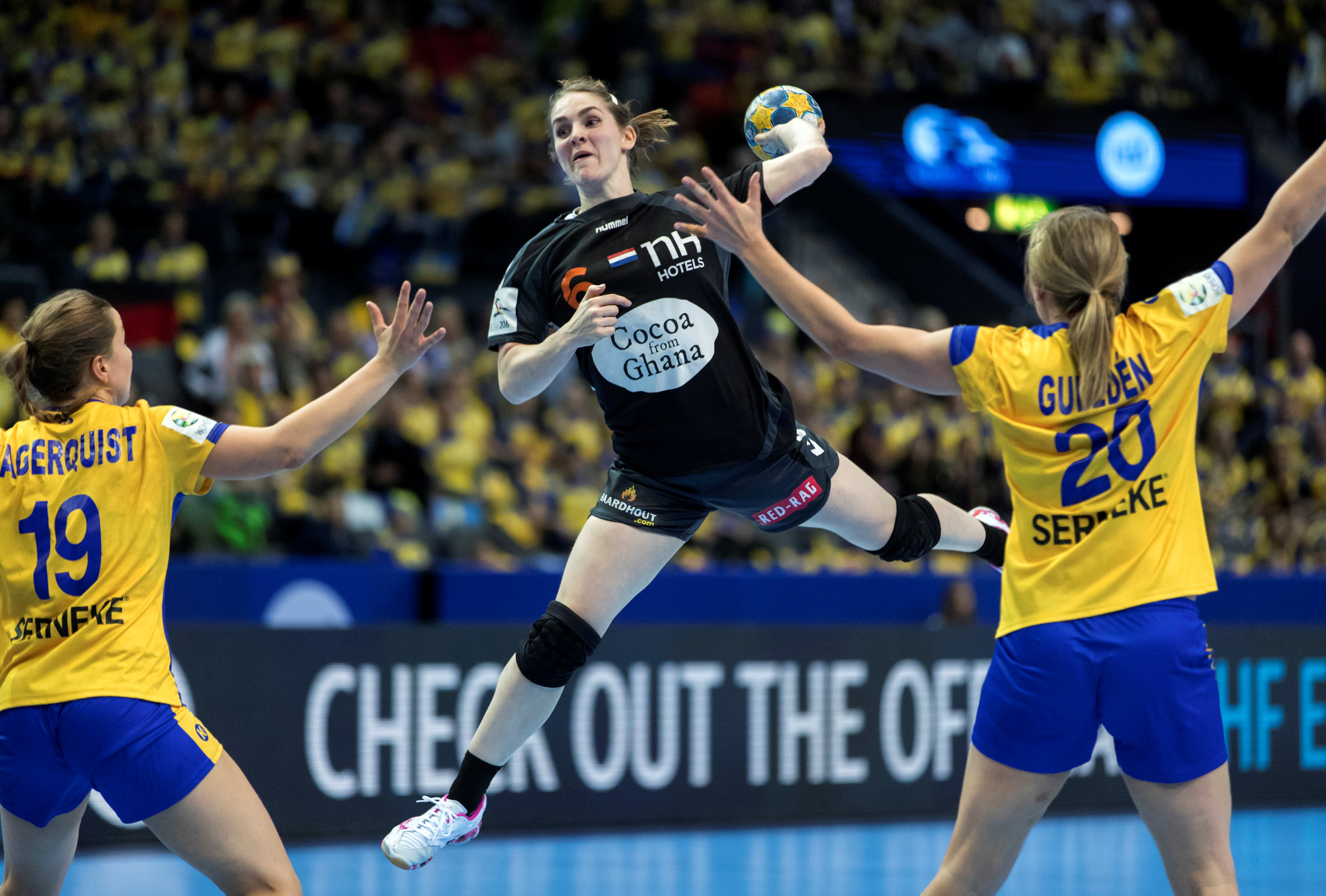Is RPE appropriate following ACLR?
Paper title: Should We Trust Perceived Effort for Loading Control and Resistance Exercise Prescription After ACL Reconstruction?
Publication: Sports Health
Publication date: September, 2021
INTRODUCTION
Quadriceps weakness is a barrier to anterior cruciate ligament reconstruction (ACLR) rehabilitation. In addition, neural inhibition causes arthrogenic muscle inhibition (AMI). The management of AMI includes strength and proprioception exercises. Rating of perceived effort (RPE) is a simple, easy, safe, and widely used method for monitoring loads and prescribing resistance exercise intensity during ACLR rehabilitation.
The function of the ACL is to provide knee mechanical stability and neurosensory joint motor control. The intact ACL has mechanoreceptors that provide information to the CNS related to joint movements. The neural adaptations after ACL rupture and reconstruction involve brain areas responsible for RPE; however, it is unclear whether these adaptations interfere with RPE. Therefore, this conceptual paper aims to describe the neural adaptations after ACL rupture and reconstruction and the possible implications on RPE for exercise intensity prescription.
RATING OF PERCEIVED EXERTION MODELS
There are three models to explain RPE neurophysiology:
- The afferent feedback model suggests that RPE integrates sensory inputs from musculoskeletal and cardiorespiratory systems to the somatosensory cortex.
- The corollary discharge model suggests RPE is independent of peripheral sensory input. Instead, RPE is generated by motor cortex information to the peripheral muscles via corticospinal pathways, and the somatosensory cortex receives “copies” of these impulses.
- The combined model suggests that both the afferent feedback and the corollary discharge are directly and indirectly related to RPE.
ADDITIONAL NEURAL CONTRIBUTORS TO RPE
The brain areas related to memory, previous experiences, emotions, motivation, pain, and awareness influence RPE. Pain is an emotional and affective experience that involves the somatosensory, cingulate, and prefrontal cortex. In addition, kinesiophobia represents the fear of movement associated with painful and emotional experiences. Patients who undergo ACLR can not inhibit areas of the brain associated with pain and fear when visualizing sport-specific tasks. Therefore, since pain and kinesophobia induce alterations in the same emotional-related brain areas responsible for generating RPE, it is reasonable to hypothesize that RPE could be affected.
CONCLUSION
Rating of perceived exertion is a simple and easy-to-use tool to monitor load and prescribe exercise intensity during ACLR rehabilitation. However, ACL injury could alter RPE. Therefore, clinicians should re-evaluate RPE reliability in this cohort. The authors suggest that until evidence supports the use of RPE in ACLR rehabilitation, clinicians should use objective measures to assess exercise intensity.
You need to be logged in to continue reading.
Please register for limited access or take a 30-day risk-free trial of Sports Injury Bulletin to experience the full benefits of a subscription.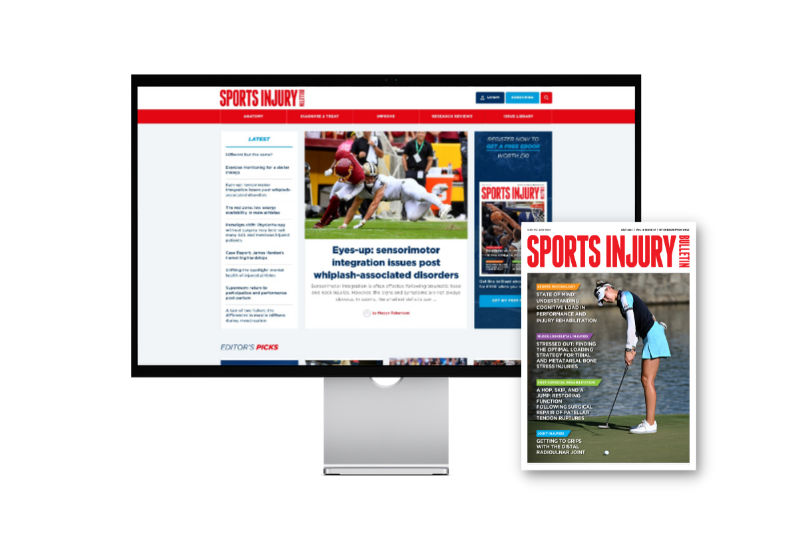 TAKE A RISK-FREE TRIAL
TAKE A RISK-FREE TRIAL
Newsletter Sign Up
Subscriber Testimonials
Dr. Alexandra Fandetti-Robin, Back & Body Chiropractic
Elspeth Cowell MSCh DpodM SRCh HCPC reg
William Hunter, Nuffield Health
Newsletter Sign Up
Coaches Testimonials
Dr. Alexandra Fandetti-Robin, Back & Body Chiropractic
Elspeth Cowell MSCh DpodM SRCh HCPC reg
William Hunter, Nuffield Health
Be at the leading edge of sports injury management
Our international team of qualified experts (see above) spend hours poring over scores of technical journals and medical papers that even the most interested professionals don't have time to read.
For 17 years, we've helped hard-working physiotherapists and sports professionals like you, overwhelmed by the vast amount of new research, bring science to their treatment. Sports Injury Bulletin is the ideal resource for practitioners too busy to cull through all the monthly journals to find meaningful and applicable studies.
*includes 3 coaching manuals
Get Inspired
All the latest techniques and approaches
Sports Injury Bulletin brings together a worldwide panel of experts – including physiotherapists, doctors, researchers and sports scientists. Together we deliver everything you need to help your clients avoid – or recover as quickly as possible from – injuries.
We strip away the scientific jargon and deliver you easy-to-follow training exercises, nutrition tips, psychological strategies and recovery programmes and exercises in plain English.

